Which Mini-ITX Gaming Motherboard Is Right For You?
So you've decided you're going small for the next upgrade. Very small. That means it's time for a mini-ITX motherboard. Great! But which board? ASUS now has several with different features and at various price points and here's the breakdown to make that decision easier.
Maximus VI Impact
It's the daddy of mini-ITX boards for those who want ATX-like features in the smallest package, hence the 'no compromise' design. The Impact - like the Gene - is the go-to option for gamers and overclockers who've opted for small form factor. Combining it with the short-PCB DirectCU Mini graphics cards is an ideal fit, although many mini-ITX cases do support longer cards. At 17cm square, due to its obvious physical constraints the features from the other Maximus VI motherboards can’t be directly ported over so alternative designs were invented to match them as closely as possible. The Impact Power and SupremeFX Impact are two daughter-boards the poke out from the PCB at 90 degrees, providing ATX-like high-end power and high-performance 115dB SNR audio with headphone amplifier, giving the Impact its ‘no compromise’ design. The Impact might not have 6-8 SATA ports, but few mini-ITX cases support that many SATA devices. Alternatively it does still manage to include the mPCIe Combo II card with 802.11ac WiFi bundled and M.2 slot for small NGFF SSDs, in-keeping with the small-theme. With ATX-like performance in a tiny case it’s tempting to try a mini-ITX build. They can be a challenge in PC design, but that’s also what inspires enthusiasts to build one, and they are especially useful if you’re a LAN gamer or travel with your PC, yet don’t want a gaming laptop.
Z87I Pro
We're still rocking the fully featured Z87 chipset here, with similar power 12+2 DIGI+ phase daughter-board that supports better, more stable overclocking than any other mini-ITX board. However, the feature set is slightly different. Bundled WiFi is not 802.11ac but instead still a fast 802.11n. There's no M.2 slot for NGFF SSDs, but there are six SATA ports, giving the Z87I Pro a more rounded appeal for anyone looking for any system type between single drive up to huge storage requirements, with small size. Again, what it lacks in high-end audio, it makes up for by offering more variety on the rear I/O, including more USB ports as it has space to spare. If you'd rather opt for USB audio like the Essense One, STU or Xonar U7, then adjusting your build-budget for the Z87I Pro makes sense. The Z87I Pro is therefore for those who don't specifically need ROG design or need 802.11ac WiFi, but do desire a strong set of rounded features and overclocking capacity beyond other Z87 mini-ITX (or even ATX!) boards. 
H87I Plus
With 6 SATA ports, the H87I Plus can still be the backbone to a home or office PC, server, HTPC or budget gaming rig, but note that the features have been cut back from Z87I Pro level. There is less kit on the rear I/O, less heatsinks and it doesn't have the fancy PCI-Express lever either, but you still do get the 5x protection hardware, the full set of UEFI BIOS functions, AI Suite 3 and USB 3 Boost, for example. However, there's no 4-way optimization hardware and despite the fact you can now overclock with K series CPUs, the board features only a vanilla set of power VRMs so ultimately it's not going to be able to push a CPU anywhere near its limits. Average overclocks are attainable, and if you're lucky enough to have a great CPU that only needs low voltages you'll be able to eek out a bit more. The H87I Plus is great for those on a budget, who want reliability and not too much fussing with a build. That is kind of a shame given how fun mini-ITX PCs can be, but for those who don't need as much as the Z87 series offers, its the ideal choice. 
Author
Popular Posts
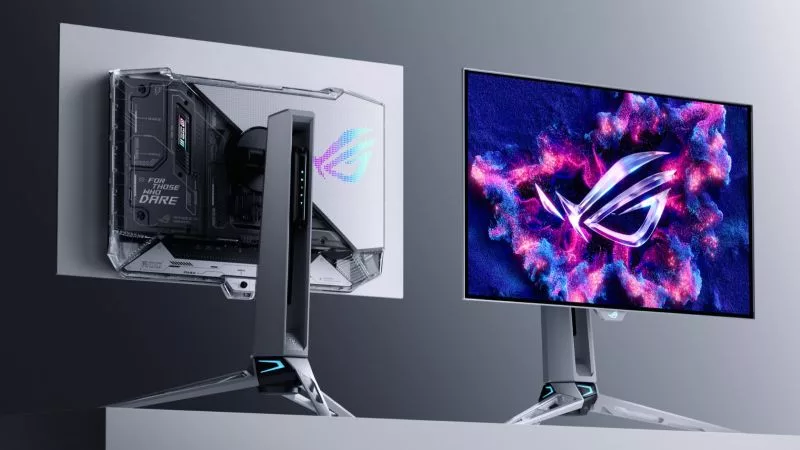
Prepare for Tandem OLED splendor with these new ROG gaming monitors
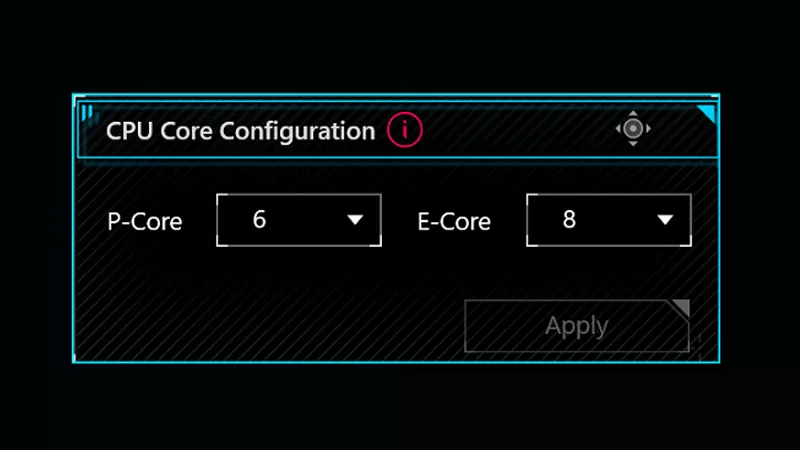
How to adjust your laptop's P-Cores and E-Cores for better performance and battery life
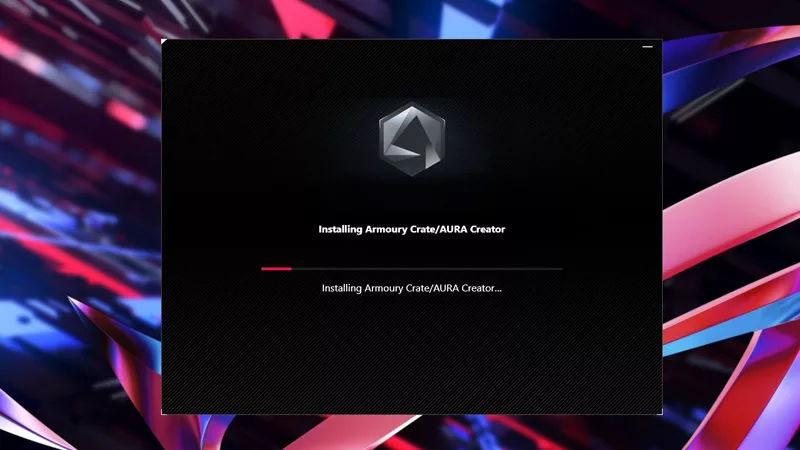
How to Cleanly Uninstall and Reinstall Armoury Crate
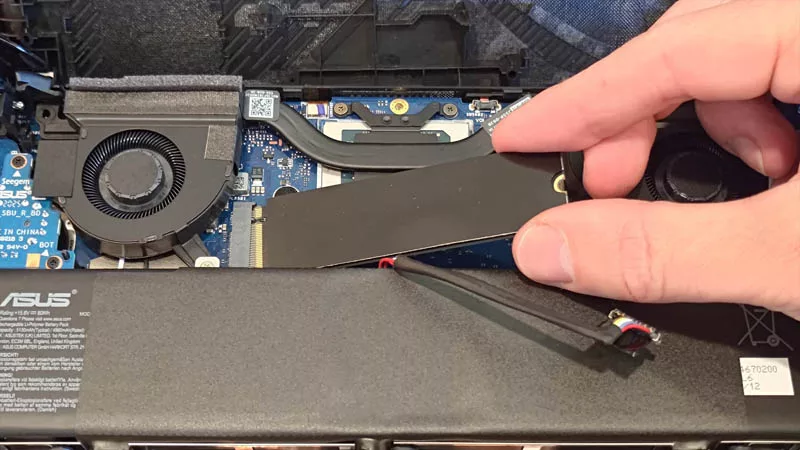
How to upgrade the SSD and reinstall Windows on your ROG Ally, ROG Xbox Ally, or ROG Xbox Ally X
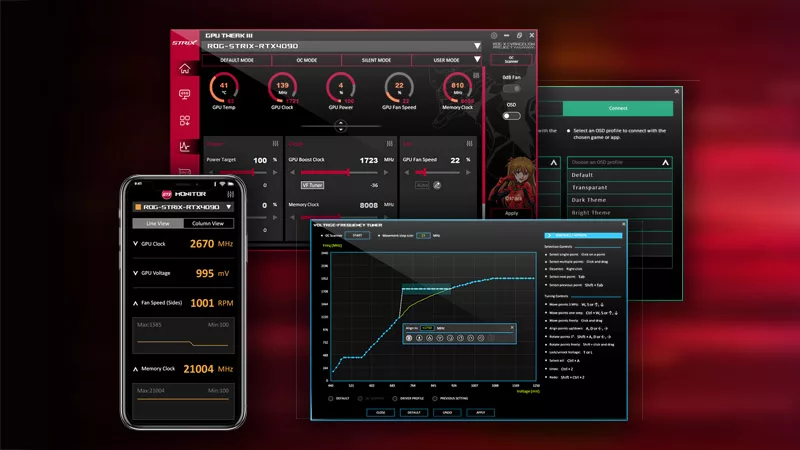
ASUS GPU Tweak III: The ultimate tool for advanced GPU tuning
LATEST ARTICLES
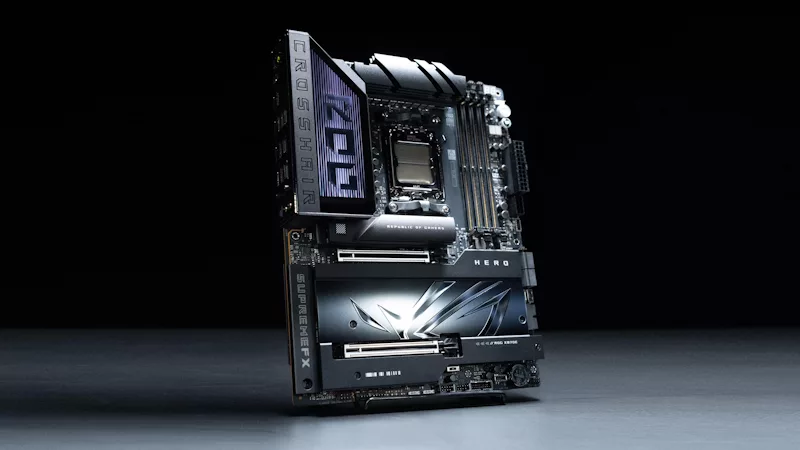
ROG Strix vs Extreme vs Apex vs Hero: What's the difference between ROG gaming motherboards?
When we launch a new generation of motherboards, we don’t just design one model and expect it to meet everyone’s needs. We give you a broad range of options from our ROG Maximus, Crosshair, and Strix lineups so that you can find the board for your next build.
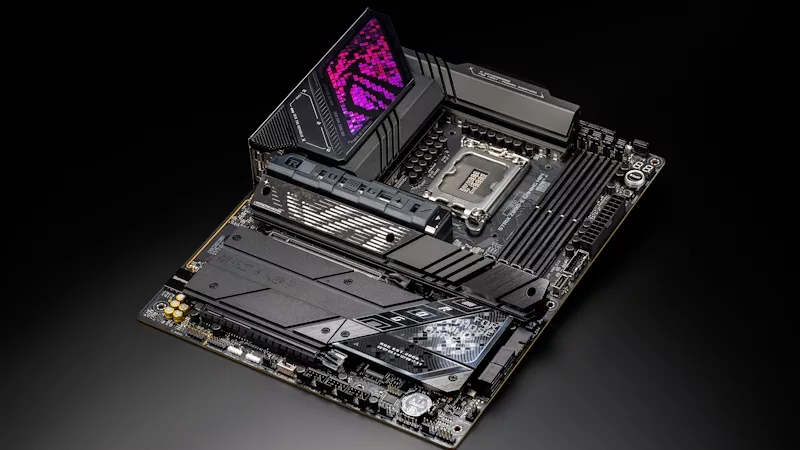
Install up to seven M.2 SSDs on one motherboard with new ROG M.2 PowerBoost tech
Here's how ROG M.2 PowerBoost allows you to install more M.2 drives in one system while enjoying more stable performance.
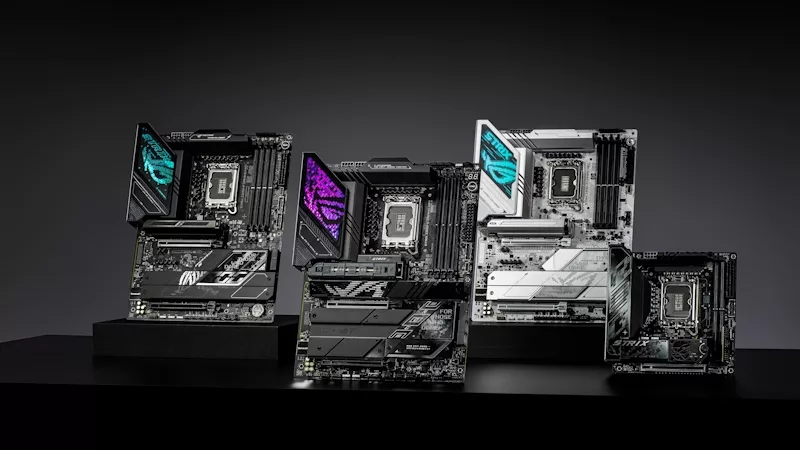
ROG Z890 motherboard guide: meet the new contenders for your next gaming rig
New ROG Maximus and ROG Strix Z890 motherboards stand ready for your Intel Core Ultra (Series 2) CPU.
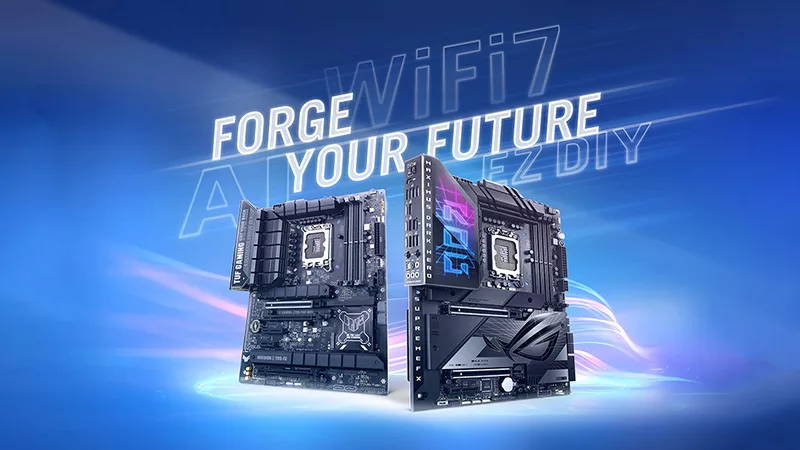
New Z790 motherboards from ROG pave the way for 14th Gen Intel Core CPUs
WiFi 7 support, more fast storage, front-panel device charging, intelligent controls — our latest Z790 motherboards have it all.
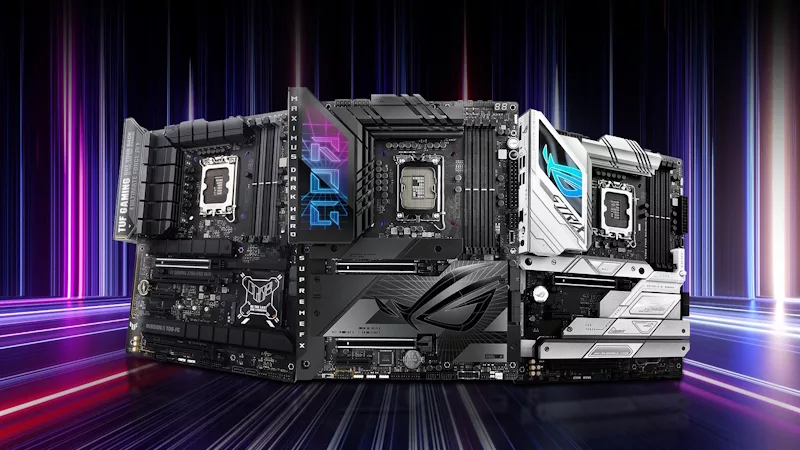
New Z790 motherboards from ROG pave the way for next-gen Intel Core CPUs
WiFi 7 support, more fast storage, front-panel device charging, intelligent controls — our latest Z790 motherboards have it all.

The best motherboards for a Ryzen 9 7950X3D CPU from ROG and TUF Gaming
AMD has released two new processors with 3D V-Cache technology: the Ryzen 9 7950X3D and the Ryzen 9 7900X3D. ROG and TUF Gaming X670 motherboards will provide a rock-solid foundation for these new top-tier chips.
